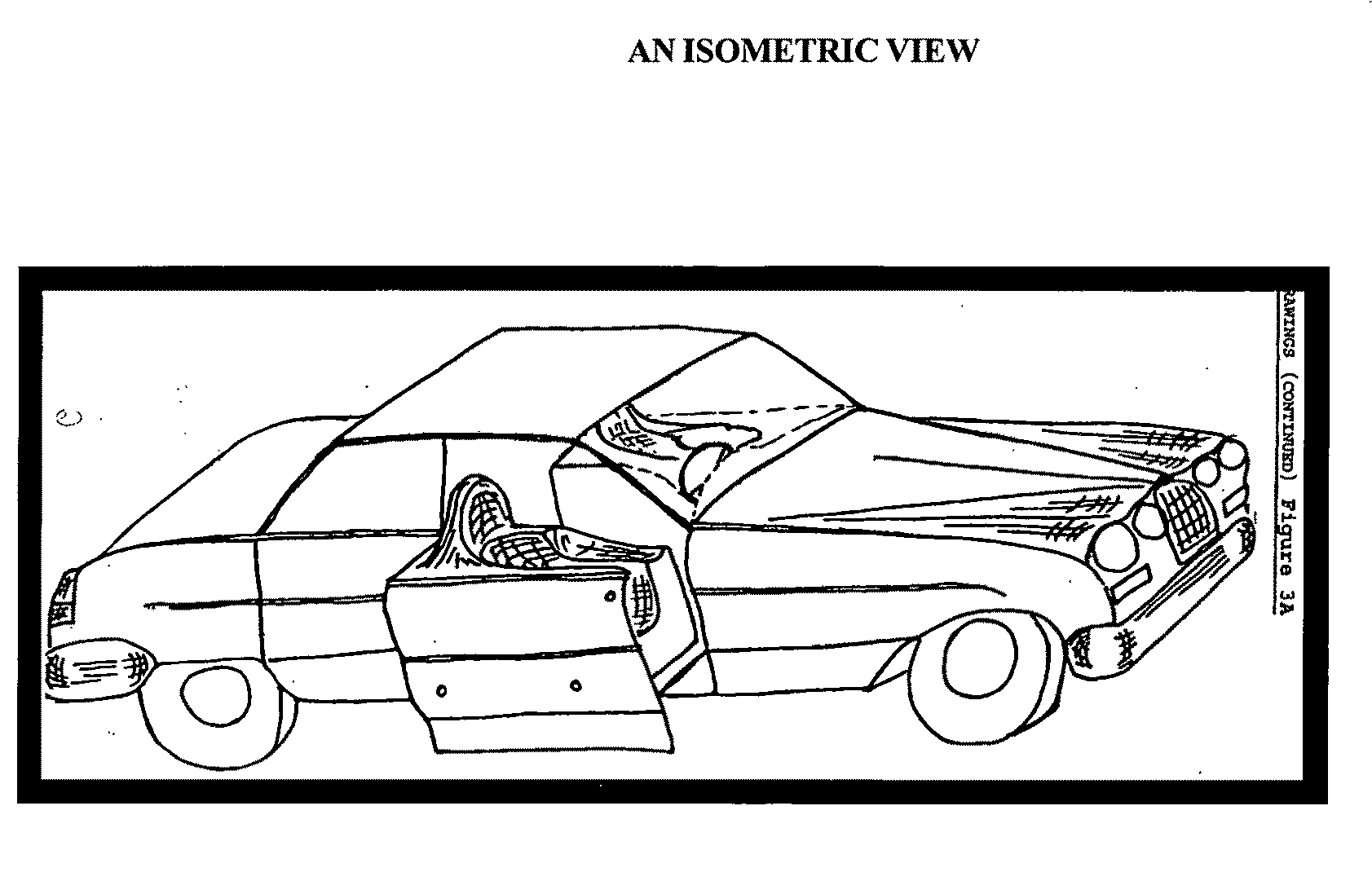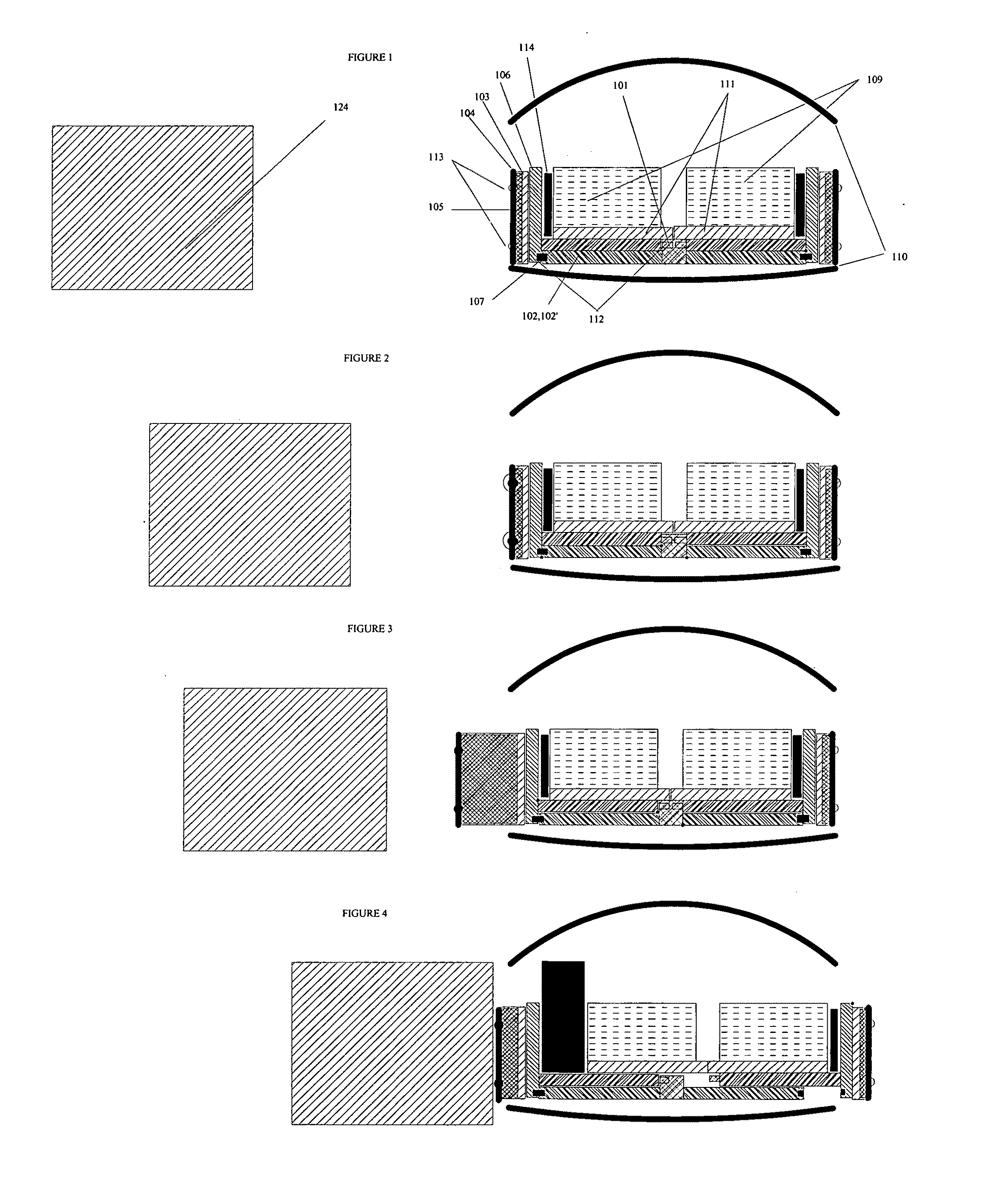Easy ejector seat with skeletal crash safety beam
a technology of crash safety and easy ejector seat, which is applied in the direction of electric devices, pedestrian/occupant safety arrangements, tractors, etc., can solve the problems of limited success in protecting passengers and drivers, passengers are particularly vulnerable to side impacts, and passengers' safety considerations have become critical and urgent, so as to reduce the probability of deployment failure and save weight and energy. , the effect of saving the probability of failur
- Summary
- Abstract
- Description
- Claims
- Application Information
AI Technical Summary
Benefits of technology
Problems solved by technology
Method used
Image
Examples
embodiment
Preferred Embodiment
[0218]The following is a detailed description of some of the components of this embodiment. The seating arrangement of a passenger vehicle is shown in FIG. 1. The cross section of the central member of the indo-skeletal structure (101) is fixed to the safety beam (102′) and the lower primary slide (102). The Protector Shields (106) is firmly attached to the Upper Primary slide (107), which slides on the lower Primary slide (102). (The terms upper and lower being used for the slides to distinguish them and not representing a relative elevation of the slides). The construction of such protector shields would follow that of any impact resisting body panel member of a vehicle, with the usual weight strength tradeoffs. Such construction is well disclosed in the background art. The sliding arrangement may use single element or multiple element direct contact low friction surfaces sliding on one another, roller bearings, ball bearing structures—all of which are well dis...
PUM
 Login to View More
Login to View More Abstract
Description
Claims
Application Information
 Login to View More
Login to View More - R&D
- Intellectual Property
- Life Sciences
- Materials
- Tech Scout
- Unparalleled Data Quality
- Higher Quality Content
- 60% Fewer Hallucinations
Browse by: Latest US Patents, China's latest patents, Technical Efficacy Thesaurus, Application Domain, Technology Topic, Popular Technical Reports.
© 2025 PatSnap. All rights reserved.Legal|Privacy policy|Modern Slavery Act Transparency Statement|Sitemap|About US| Contact US: help@patsnap.com



